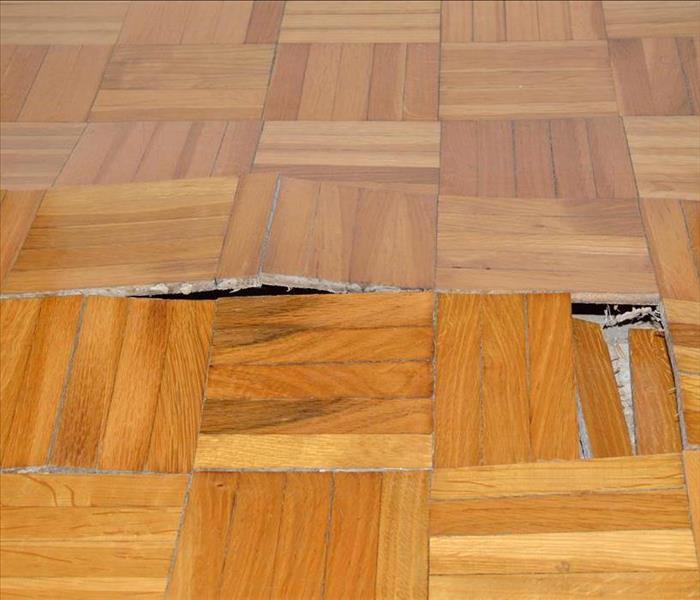How Professionals Handle Wet Materials After a Flood
10/29/2019 (Permalink)
A flood in your home in Fallbrook,CA, can have devastating effects on not only the items inside but the structure of the house itself. When water restoration experts examine the damage, they have to determine which materials have to be torn out and which can be dried and salvaged. There are a few signs they look for, such as swelling wood, to make this decision, and calling for repairs quickly can increase the chances that materials can be saved.
Signs of Irreparable Damage
If there is a lot of water present or if it has been present for a long time, the damage may be too great to repair. It is easy to spot signs of irreparable damage:
- Bloated wood
- Soft or bowing walls
- Evidence of water contamination
- Significant secondary damage, such as mold growth
After the water pipe repair has been completed, the cabinet beneath the leak may have to be torn out. Even if mold hasn't started to grow, if the wood is so saturated that it has changed shape, it has to be replaced to prevent such a problem from happening. Swelling wood or walls is a telltale sign that it cannot be salvaged.
Signs of Remaining Potential
A loose supply line can leak all over the floor tiles in the bathroom, but it may not completely destroy the subfloor if you catch the problem quickly enough. Technicians can inspect the flooring and determine whether or not the problem is able to be mitigated with a thorough drying. As long as the flooring maintains its structural integrity, it is likely that technicians won't have to tear it out.
Water damage can completely destroy the materials in your home, making them vulnerable to further damage. If you see swelling wood, it will have to be replaced rather than merely dried. The key to minimizing the amount of materials that have to be replaced is quick response.






 24/7 Emergency Service
24/7 Emergency Service
